The history of urban development in Minneapolis and St. Paul, Minnesota, is rich and dynamic, shaped by factors such as geography, industry, immigration, and social change. Here’s a brief overview of key points in their urban development:
Early Settlement and Industry:
- Early 19th Century: European settlers arrived in the early 19th century, attracted by the region’s water resources, particularly the Mississippi River. The area was initially inhabited by Dakota Sioux and Ojibwe Native American tribes.
- Logging and Milling: The abundance of timber led to a booming logging industry, and flour milling became a major economic driver. Minneapolis, situated on the west bank of the Mississippi River, grew rapidly due to its milling industry, earning it the nickname “Mill City.”
Railroad Expansion and Growth:
- Late 19th Century: The construction of railroads in the late 19th century facilitated the transportation of goods and people, contributing to further economic growth. The cities became major transportation hubs, connecting the Midwest to the rest of the country.
Immigrant Influence:
- Late 19th to Early 20th Century: Immigration played a crucial role in the cities’ development. Scandinavian, German, and Irish immigrants, among others, contributed to the cultural and economic fabric of the region.
Industrialization and Economic Diversity:
- Early to Mid-20th Century: The cities continued to industrialize, with companies like General Mills and 3M establishing a presence. The economy diversified beyond milling and logging, incorporating manufacturing and technology.
Urban Planning and Architecture:
- Early to Mid-20th Century: The cities experienced significant urban planning efforts. Minneapolis’s park system, designed by landscape architect Horace Cleveland, and St. Paul’s emphasis on preserving historic architecture demonstrate a commitment to thoughtful urban development.
Decline and Revitalization:
- Mid-20th Century: Like many American cities, Minneapolis and St. Paul experienced urban decline as industries changed, and suburbanization took hold. However, both cities underwent revitalization efforts in the late 20th century, focusing on cultural amenities, education, and urban living.
Contemporary Urban Development:
- Late 20th Century to Present: Minneapolis and St. Paul have seen ongoing efforts to enhance livability, sustainability, and inclusivity. The cities invested in public spaces, cultural institutions, and infrastructure, contributing to their reputation as vibrant urban centers.
Challenges and Social Dynamics:
- Issues of Inequality: Like many urban areas, the Twin Cities face challenges related to inequality, with disparities in education, employment, and housing.
Notable Landmarks:
- Mall of America: Located in the suburb of Bloomington, it’s one of the largest shopping malls in the world.
- Mississippi Riverfront: Both cities have invested in developing their riverfront areas for recreation and cultural events.
- Cultural Institutions: The Twin Cities boast a rich cultural scene, with theaters, museums, and music venues contributing to their identity.
The urban development of Minneapolis and St. Paul is a testament to their resilience and adaptability in the face of economic and social changes over the years.

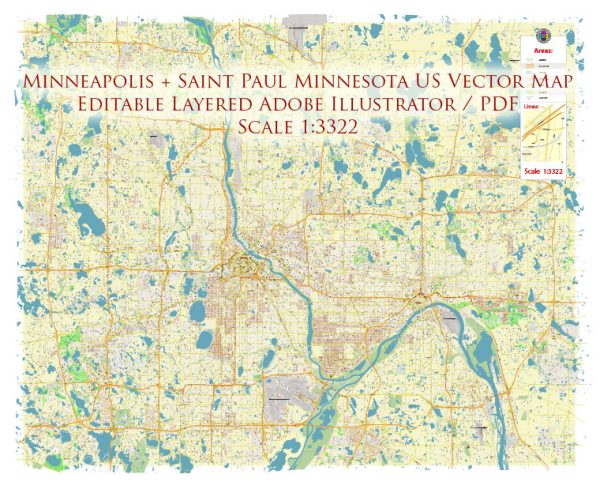
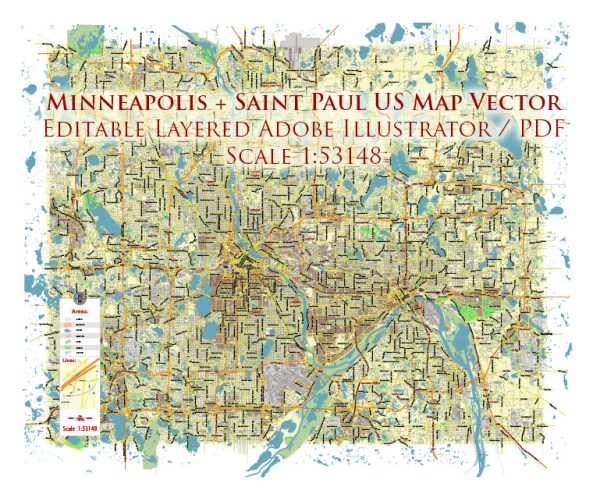
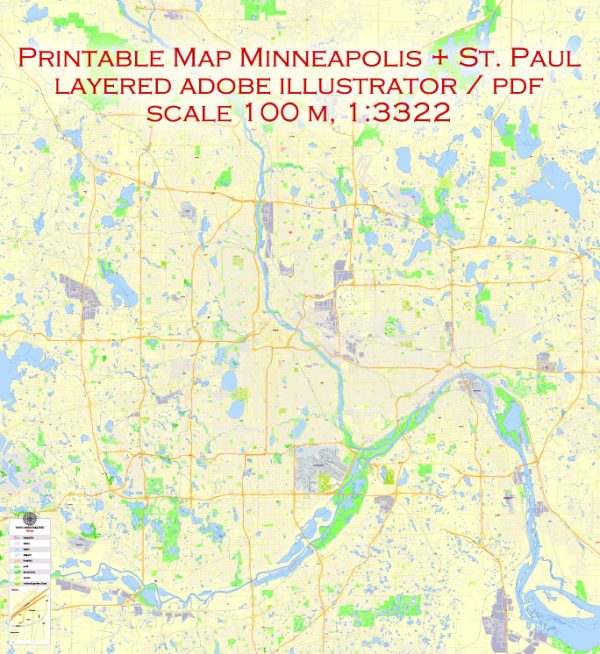
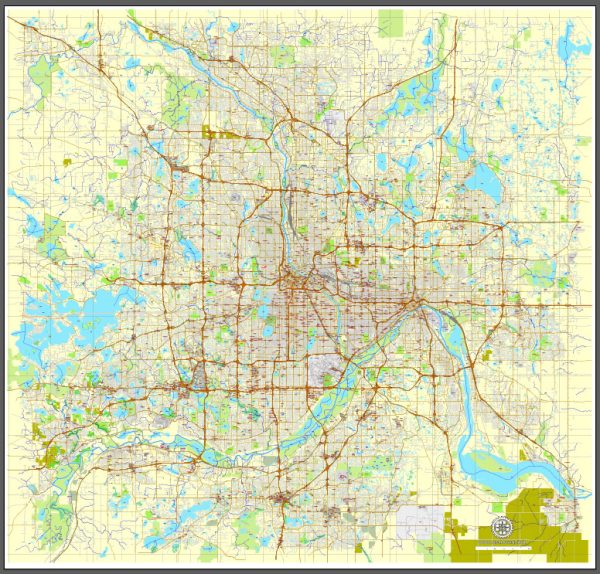
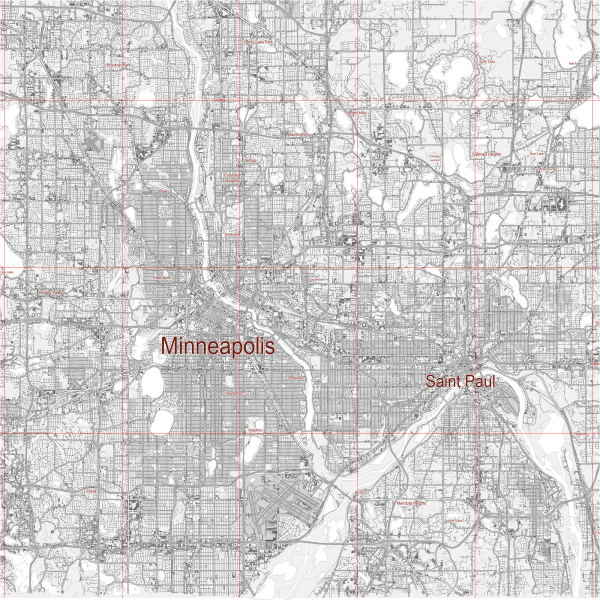
 Author: Kirill Shrayber, Ph.D.
Author: Kirill Shrayber, Ph.D.